


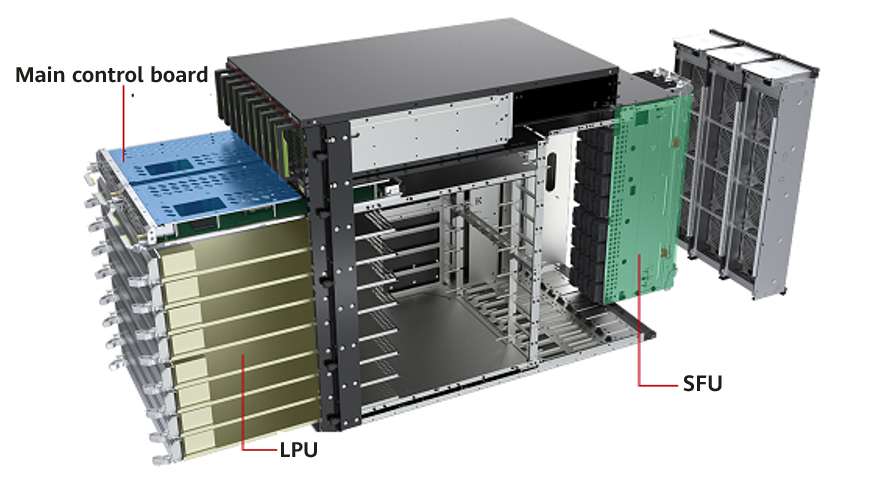


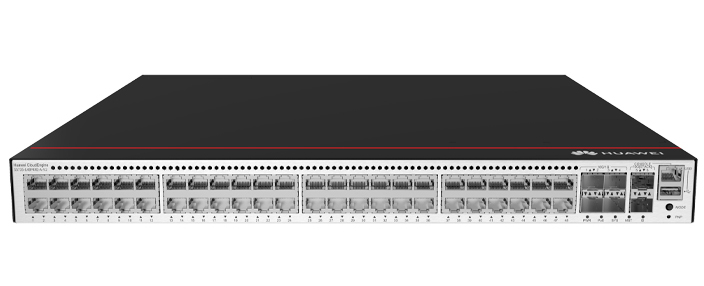
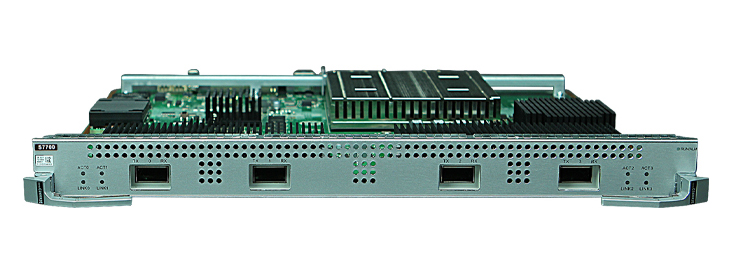

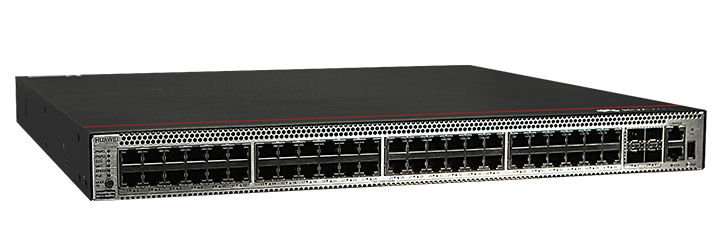
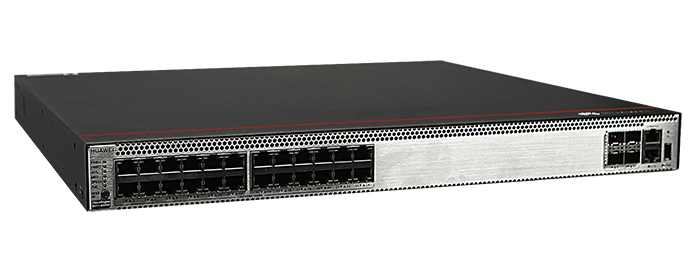

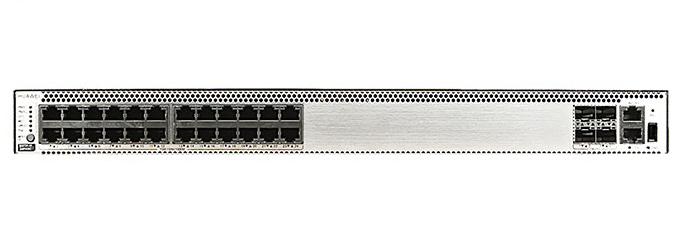
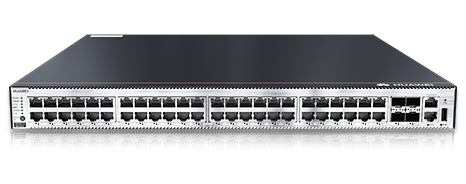
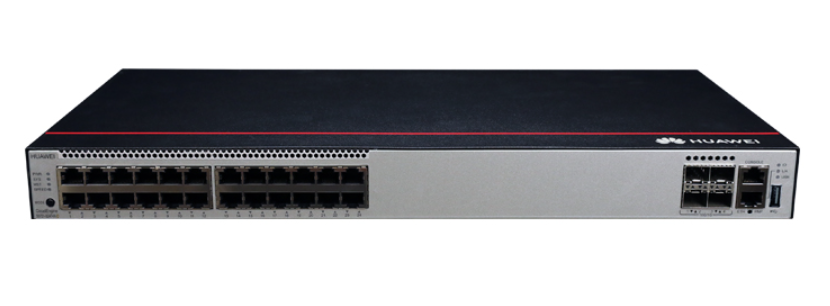
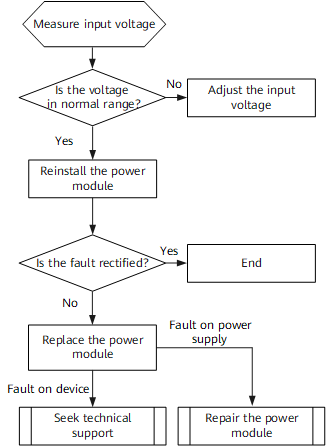

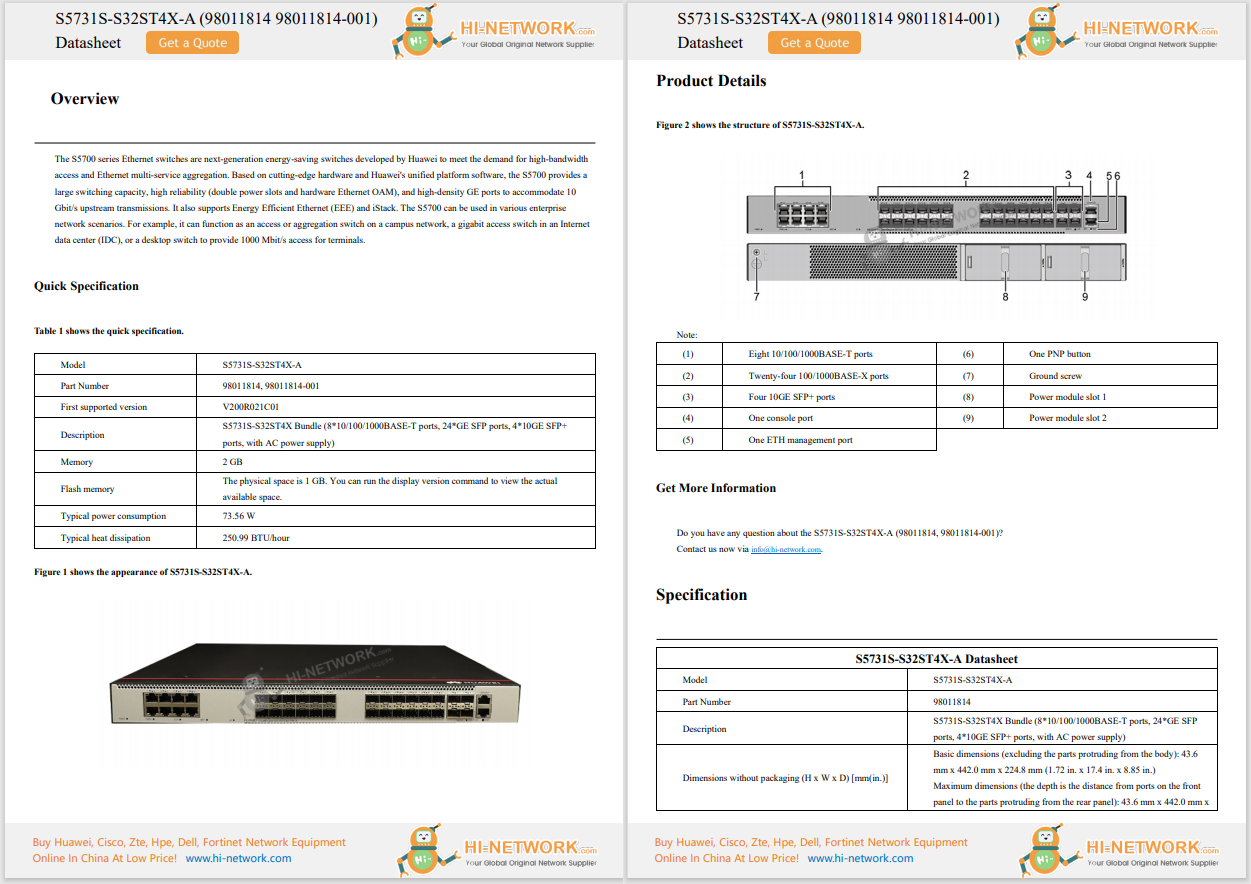
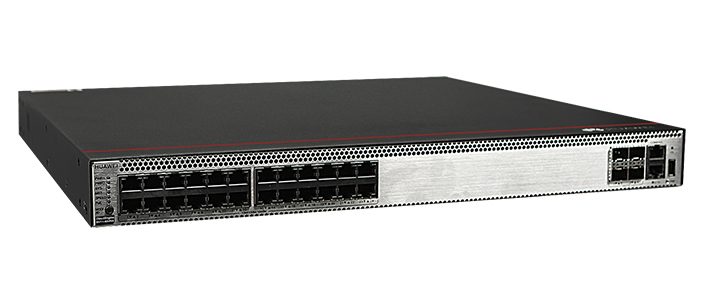
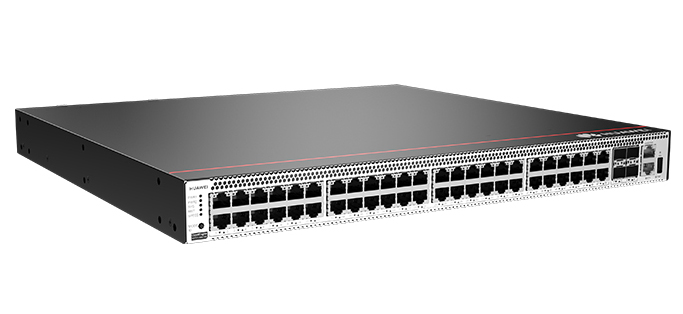

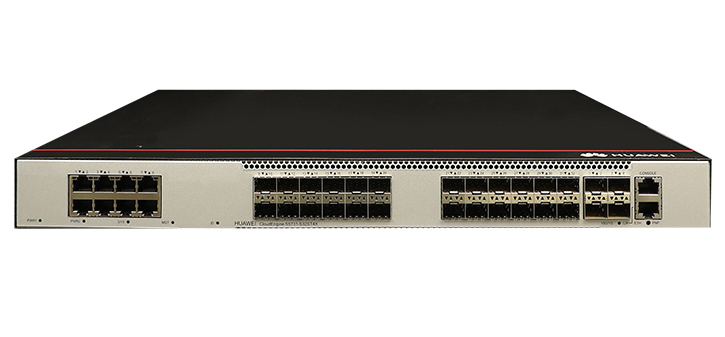

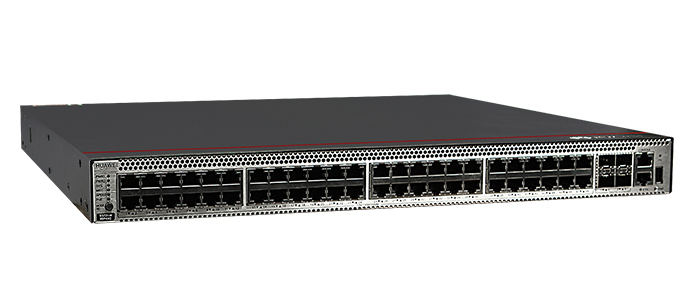
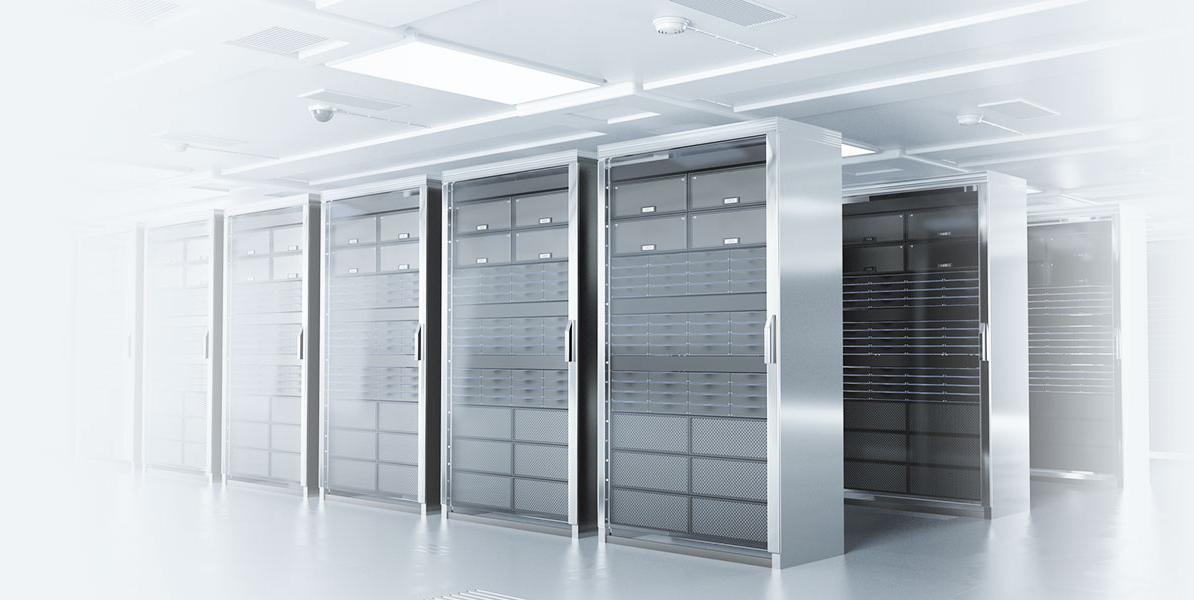

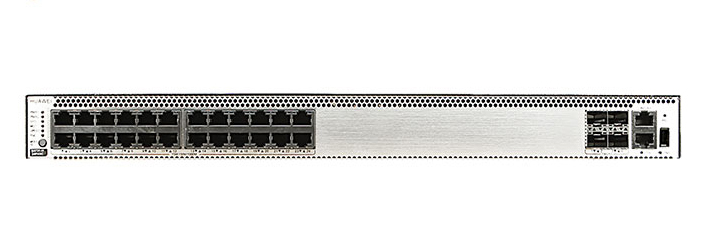
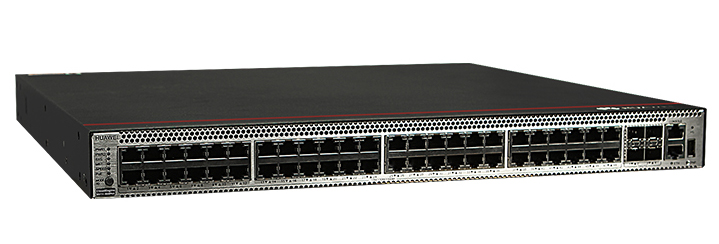


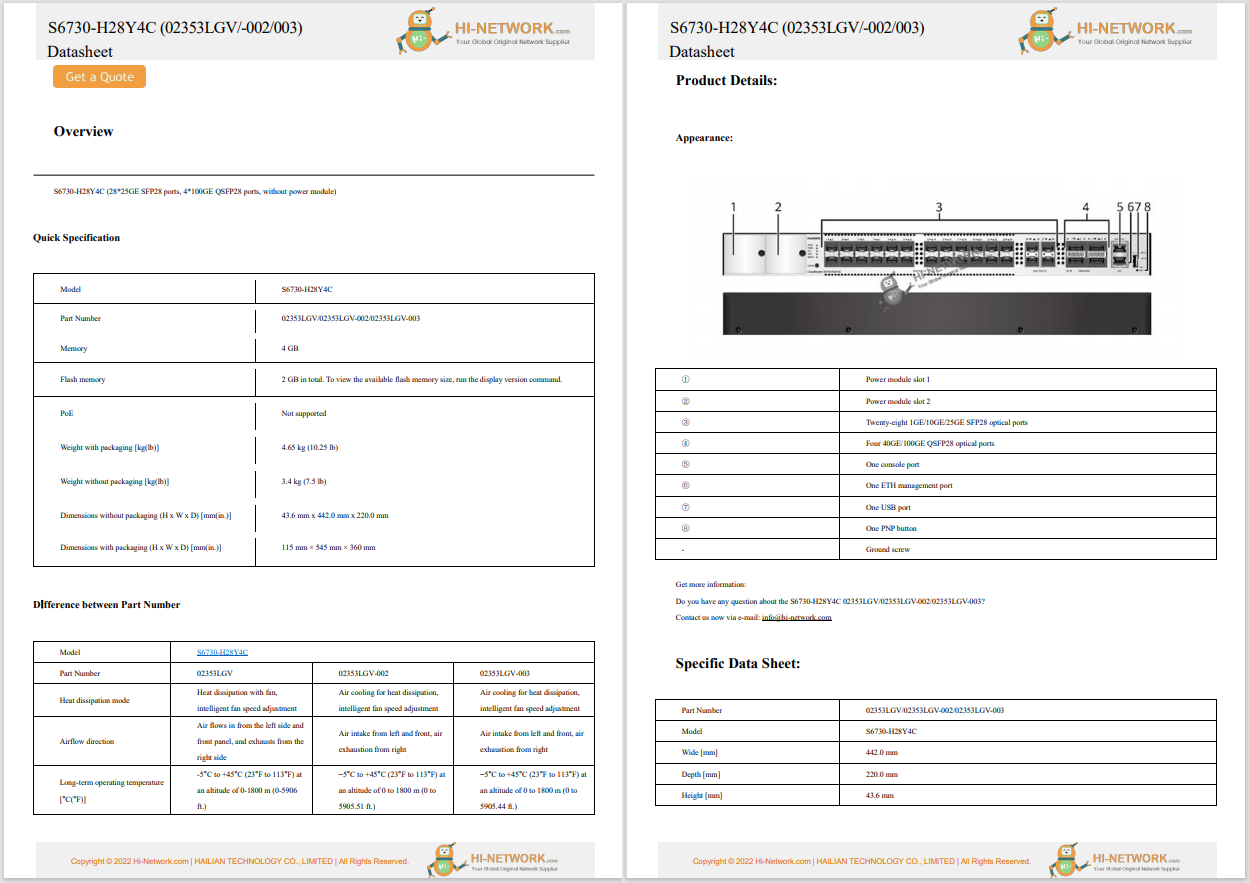

Windows 11 has stricter system requirements than its predecessors, so if you can't install Windows 11, it probably has something to do with your computer's memory, storage, or processor. Below are some common compatibility hurdles and possible fixes if your PC meets the minimum requirements.
Follow along below to see if you can figure out why Windows 11 isn't installing on your computer and how to hopefully get it going again:
Restart your computer and try again. If you've already done this, feel free to skip this step. But if you haven't, a reboot is a simple process that could help, especially if you already know that your PC can run Windows 11.
Check your PC's specs and compare them with the official Windows 11 system requirements (listed below). If something doesn't match or exceed the hardware requirements, you'll need to upgrade or replace your PC before installing Windows 11.
Run Microsoft's PC Health Check tool to see if your computer can run Windows 11.
Enable Secure Boot. If Secure Boot is disabled, enable it again, as Windows 11 won't install without it.
Enable TMP 2.0. If your PC supports TMP 2.0, you may need to enable it in the UEFI/BIOS.
Make new Windows 11 installation media. If the original is corrupt or not working for some other reason, then Windows 11 won't install correctly or at all.
Use a new drive. If you're trying to upgrade to Windows 11 from Windows 10, try installing the OS from scratch on a new or different drive. Or, completely format your existing drive first before trying to install Windows 11.
Before formatting any drive, be sure to back up important data first.
Windows 11 can have trouble installing if you're using faulty installation media or if the installation process was interrupted.
However, the more likely reason Windows 11 won't install is that your PC doesn't meet the minimum hardware requirements and is incompatible with this version of Windows.
This version of Windows has stricter hardware requirements than Windows 10, so if your PC won't install Windows 11, you may not have a powerful or modern enough system.
These are the main hardware requirements for Windows 11:
If your PC doesn't meet all of these specifications, you may run into problems when trying to install Windows 11. For more information on the hardware requirements, see Minimum System Requirements for Windows 11.
If you're having trouble installing Windows 10, it could be because the upgrade process was interrupted, which can happen if, for example, your PC restarted unexpectedly. Try performing the installation again, making sure your computer stays on throughout the process. The problem could also be driver errors: OpenDevice Managerand look for drivers with a yellow exclamation mark, then right-click and click Update driver or Uninstall device.
Windows update failures can be caused by multiple updates lined up, a lack of drive space, corrupt data files, hardware conflicts, and driver conflicts. There are several ways to fix a stuck Windows update, including re-running Windows Update, removing your peripherals and rebooting, checking your drive space, and using a troubleshooting tool.
 Tags chauds:
Tags chauds: